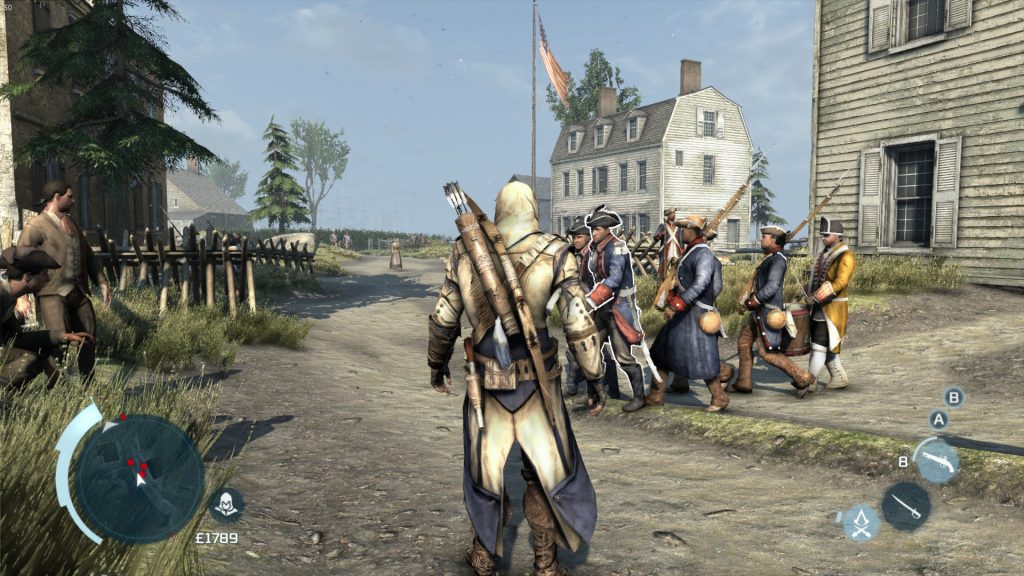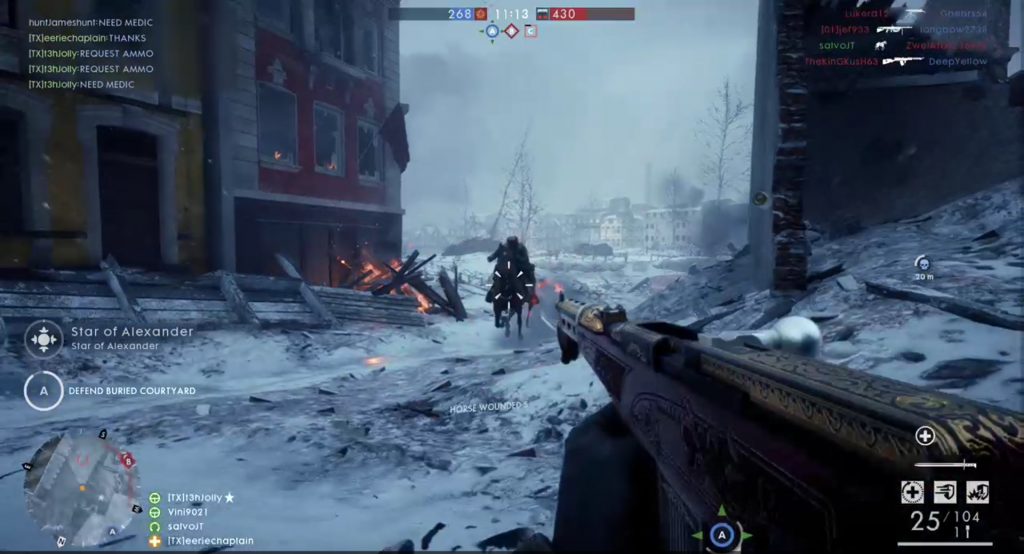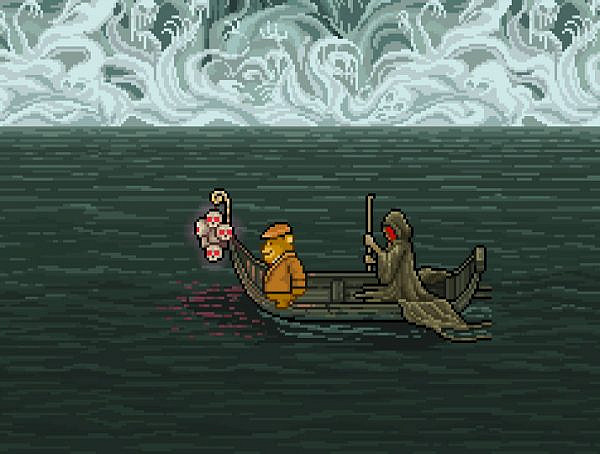Zagal’s article focuses on some of the different ways that war is represented and portrayed in videogames
In his article War Ethics: A Framework for Analyzing Videogames, José P. Zagal provides a framework for analyzing and articulating ethical issues and concerns in videogames that feature representations of war. It is based in the notion of the “just war” in traditional war ethics, considering when engaging in a war is morally justified (jus ad bellum), how to wage a war ethically (jus in bello) and the ethical responsibilities of the aftermath of a war (jus post bellum). The framework consists of five lenses that consist of the perspective offered to players, the scale and scope of war represented, the centrality of war to the game experience, the type of military that appears in the game, and the authenticity of a game’s representation of war.
The first lens, perspective presented to the player, considers through whose eyes the player perceives war in the game and how distanced is that perception from the experience of war. Does the player take the role of a single armed combatant, seeing through their eyes via a first-person camera view, or is the player’s role that of a commander, making decisions for an entire nation? From the perspective of war ethics, a commander’s ethical concerns are different than that of the soldier in the ground, and raises questions like who is morally responsible for war crimes committed in the field of battle.
The second area of analysis has to do with the scope and scale of war in the player’s experience of the game. By scale, Zagal refers to the general idea of size: a game that is small in terms of scale might feature small squad-level war interactions, compared to controlling a soldier who is part of an army of thousands fighting in a similar army. In terms of scope, Zagal refers to the breadth of the representations of war: a broad scope means playing through multiple historically-based missions that took place in different locations across several years, as opposed to a game that represents only a single battle that took place. Most wargames limit their scope to events that occur during war (jus in bello), rather than the situations leading up to war or the aftermath.
The third lens covers the question: “How central is war in the game being analyzed?” In most games, the practice of war is the core experience of the game. However, for some games, war might be a backdrop that sets the context for the player’s experiences in the game, that motivate a game’s characters and might even provide for situations that happen in the game. Similarly, a game in which the player’s objectives are war-related and are achieved militarily or by use of force, arguably features war in a more central role than a game in which a player harvests flowers while avoiding hostile soldiers who are patrolling the area because there’s a war going on.

Assassin’s Creed 3 (Ubisoft) takes place during the American Revolutionary War. However, the war is not necessarily central to the game experience, serving mostly as background context. A screenshot.
The fourth lens focuses on the types of military that the game features. Players might play the role of generals or soldiers in a regular military. However, there are games that involve other kinds of armed forces that fall out of the standard definitions of regular military. These might include irregular military, such as resistance fighters, or militarized law enforcement. From a war ethics perspectives, different kinds of military units often have different ethical concerns.
The final lens considers the realism of a wargame. Most wargames aspire to a certain level verisimilitude and accuracy. However, claims of realism can mislead audiences: for example, events are usually presented in a way that creates perspectival bias since they are only shown from one side of a conflict. For more nuanced analyses of wargames it becomes important to understand the aspects of realism a game may have as well as those it doesn’t. Are there certain ethical concerns that arise from certain inclusions and exclusions? For example, a game may not feature civilians – thus making it impossible for certain war atrocities to be committed in the game.
Zagal concludes the article by stating that this framework is but a first step in analyzing ethical issues in wargames. He mentions other ethical issues, such as the different modes of consumption and play of wargames as well as their marketing, that could be considered significant when analyzing the ethical issues in wargames. He also questions whether it is even appropriate to use philosophy of war and war ethics for examining games that represent aspects of war. It would be disingenuous to propose that playing a game about war could be considered as equivalent to fighting in a war along some significant experiential dimension. However, he hopes that this framework provides a productive initial approach for deeper, richer and more meaningful discussions surrounding the ethical issues in wargames.
Key information:
Original article: War ethics: A Framework for Analyzing Videogames
Author: José P. Zagal
Published: Melbourne, Australia: Digital Research Association, July, 2017
Original article accessible from: http://www.digra.org/digital-library/publications/war-ethics-a-framework-for-analyzing-videogames/
You might also like
More from Game Research Highlights
How do you want to do this? – A look into the therapeutic uses of role-playing games
Can playing RPGs contribute positively to your wellbeing? A recent study aims to find out how RPGs are being used …
Eldritch horrors and tentacles – Defining what “Lovecraftian” is in games
H.P. Lovecrafts legacy lives today in the shared world of Cthulhu Mythos and its iconic monsters. Prema Arasu defines the …
Are Souls Games the Contemporary Myths?
Dom Ford’s Approaching FromSoftware’s Souls Games as Myth reveals the Souls series as a modern mythology where gods fall, desires …
















